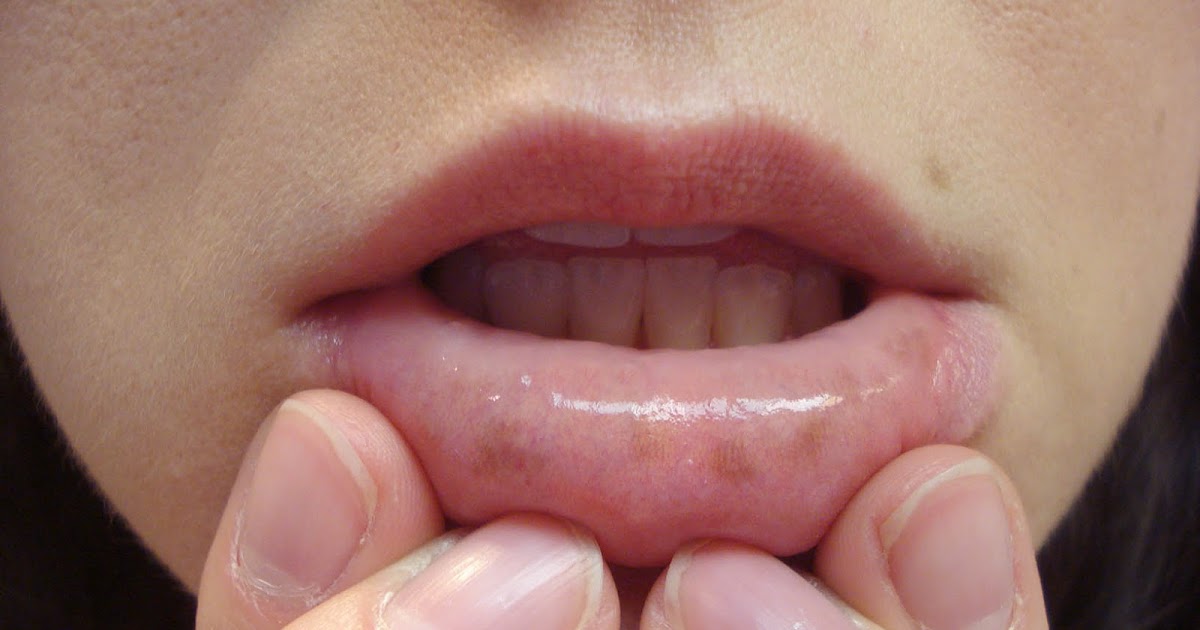Symptoms Of Kaposi's Sarcoma
Although Kaposi's sarcoma is becoming less frequently diagnosed in the United States and Europe, it still has a foothold in sub-Saharan Africa and in individuals with weakened immune systems. Knowing the symptoms to look for and getting them treated as early as possible can help prevent cases from becoming more serious over time and from spreading through contact via saliva, blood transfusion, or organ transplant. Since Kaposi's sarcoma will not go away on its own, it is important to get diagnosed and treated as quickly as possible. For this to happen, symptoms must be spotted early to know what needs to be treated. Learn about these symptoms now.
Macules

Macules are the patchy type of skin lesions that develop in those with Kaposi's sarcoma. These lesions can manifest on the skin of the legs and the face. They can also develop on other parts of the body, including the hands and even on the inside of the mouth on the gums. These lesions tend to be purplish-red in hue and are often initially mistaken for bruises. Unlike bruises, however, they do not quickly fade, which is the usual giveaway that these are lesions and not bruises. Sometimes, the lesions on the skin can take on a brown or black tone.
Shortness Of Breath

Although not all cases of Kaposi's sarcoma involve respiratory issues, they can certainly occur when lesions develop on the lungs. Unfortunately, the prognosis for these cases is typically pretty poor. Individuals with Kaposi's sarcoma who notice shortness of breath while doing mundane everyday activities, such as walking, have serious cause for concern. Typically, when lesions develop on the lungs, doctors need to confirm this by doing a bronchoscopy, which is the insertion of a slender tube into the mouth or nose to assess the tissue for lesions.
